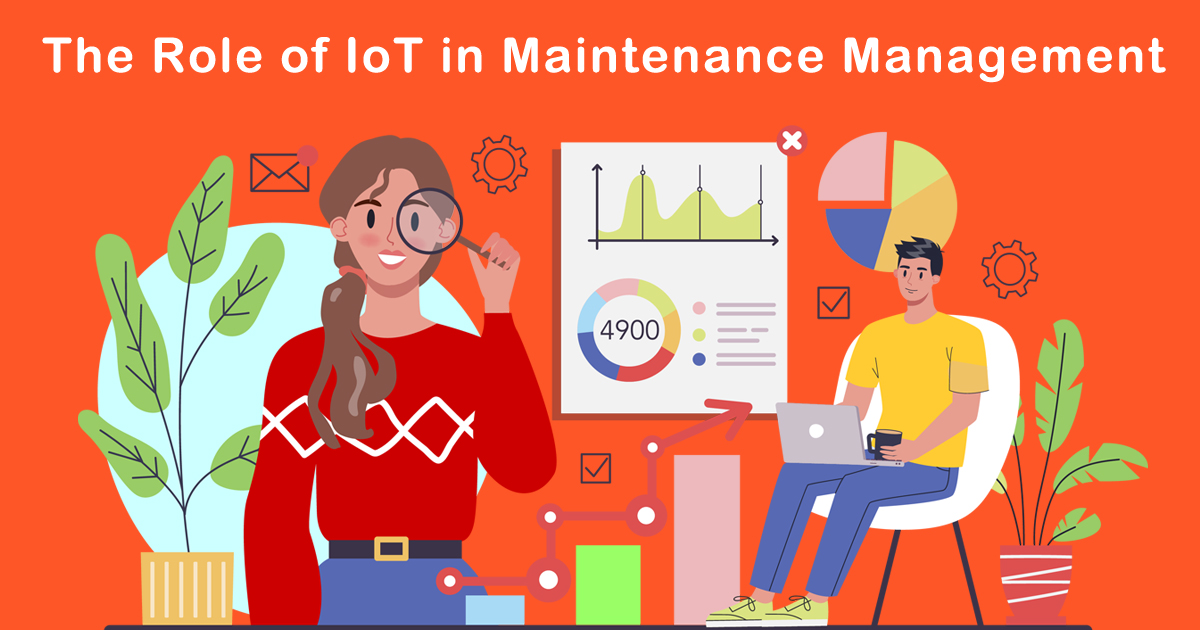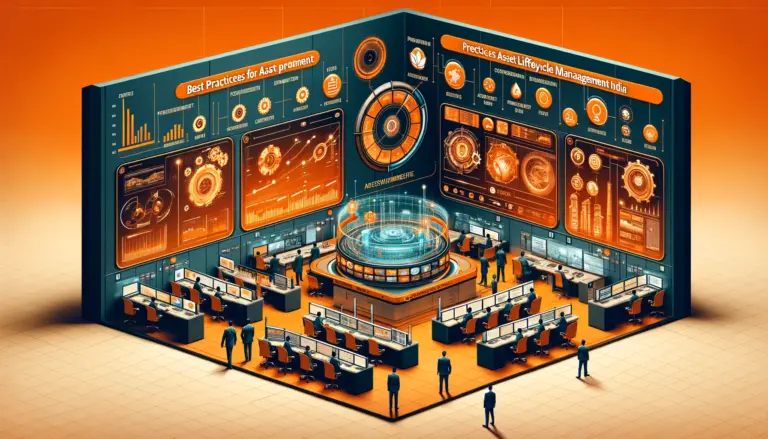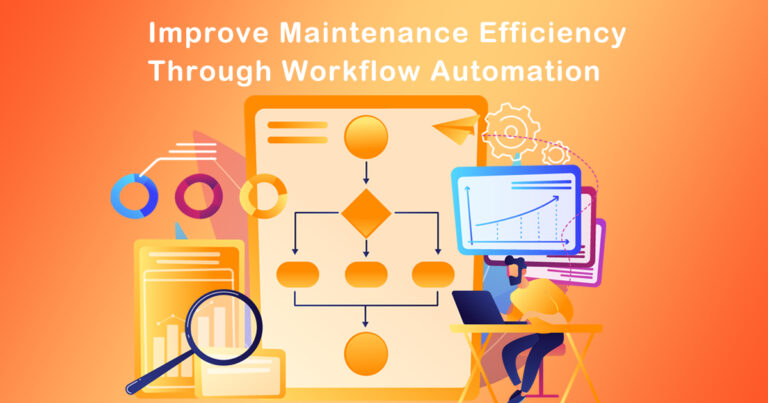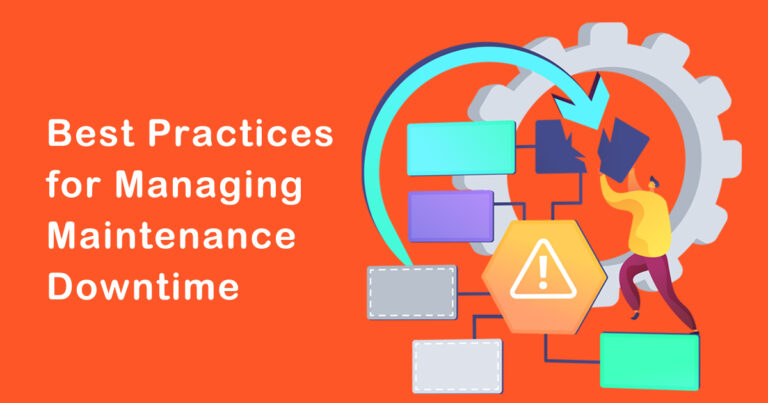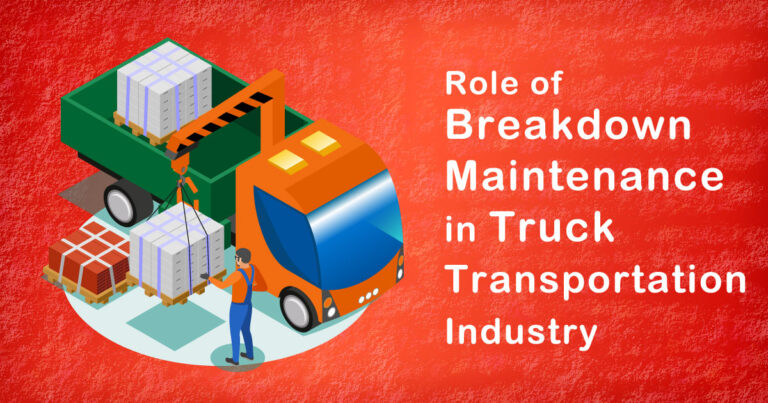The world has been witnessing a rapid transformation of the industries, and Maintenance Management is no exception. Maintenance management refers to the activities that are carried out to ensure the equipment and facilities are working correctly and to prevent any disruptions. The advent of the Internet of Things (IoT) has revolutionized Maintenance Management. IoT has been widely adopted by industries to improve efficiency, reduce costs and increase reliability. In this article, we will discuss the role of IoT in Maintenance Management and how it has been impacting the industry.
What is IoT?
IoT is a network of interconnected devices that communicate with each other and with humans over the internet. These devices can be sensors, machines, or any other electronic device that can collect and transmit data. IoT has transformed the way industries work by providing a platform for real-time data monitoring and analysis. It enables industries to improve their processes and increase efficiency.
The Role of IoT in Maintenance Management:
IoT has transformed the way Maintenance Management works. It has enabled industries to move from a reactive maintenance approach to a proactive maintenance approach. Reactive maintenance is carried out when equipment fails or is about to fail. Proactive maintenance, on the other hand, is carried out before equipment fails, to prevent any disruptions. The following are some of the ways IoT has been impacting Maintenance Management.
1. Predictive Maintenance:
One of the significant impacts of IoT in Maintenance Management is predictive maintenance. Predictive maintenance refers to the use of data analytics and machine learning algorithms to predict when equipment is likely to fail. IoT enables industries to collect data in real-time, which can be used to analyze equipment performance. By analyzing this data, industries can predict when equipment is likely to fail and carry out maintenance before the failure occurs.
Predictive maintenance has been shown to reduce maintenance costs and downtime significantly. It also increases equipment reliability and reduces the risk of catastrophic failure. By implementing predictive maintenance, industries can save millions of dollars in maintenance costs and prevent the loss of production.
2. Real-time Monitoring:
IoT enables industries to monitor equipment in real-time. Sensors can be placed on equipment to collect data such as temperature, pressure, and vibration. This data can be transmitted to a central system, which can be used to monitor equipment performance in real-time. By monitoring equipment in real-time, industries can detect any anomalies and carry out maintenance before equipment fails.
Real-time monitoring also enables industries to optimize equipment performance. By analyzing the data collected from sensors, industries can identify any inefficiencies in equipment performance and make adjustments to improve efficiency.
3. Remote Maintenance:
IoT has enabled industries to carry out maintenance remotely. Remote maintenance refers to the use of IoT to diagnose and repair equipment from a remote location. By using IoT, industries can remotely access equipment and carry out maintenance without the need for a physical presence. This reduces the need for travel and increases efficiency.
Remote maintenance has been shown to reduce maintenance costs significantly. It also increases equipment availability and reduces downtime. By implementing remote maintenance, industries can save millions of dollars in maintenance costs and prevent the loss of production.
4. Asset Tracking:
IoT enables industries to track assets in real-time. By using sensors and GPS, industries can track the location and movement of assets such as vehicles and equipment. This data can be used to optimize asset utilization and reduce costs.
Asset tracking has been shown to increase efficiency significantly. By tracking assets, industries can identify any inefficiencies in asset utilization and make adjustments to improve efficiency. Asset tracking also enables industries to reduce the risk of theft and loss.
Conclusion:
In conclusion, IoT has revolutionized Maintenance Management, shifting it from a reactive to a proactive approach. With predictive maintenance, real-time monitoring, remote maintenance, and asset tracking, industries can significantly reduce costs, enhance equipment reliability, and prevent costly disruptions. Embracing IoT in Maintenance Management is not just a technological advancement but a strategic imperative for industries aiming to improve efficiency, reduce downtime, and stay competitive in the ever-evolving landscape of modern industry. It’s clear that IoT has become an integral part of the maintenance strategy for forward-thinking organizations, leading to increased efficiency and reliability across various sectors. As technology continues to evolve, we can expect even more innovative applications of IoT in Maintenance Management, further optimizing asset performance and minimizing operational risks.


